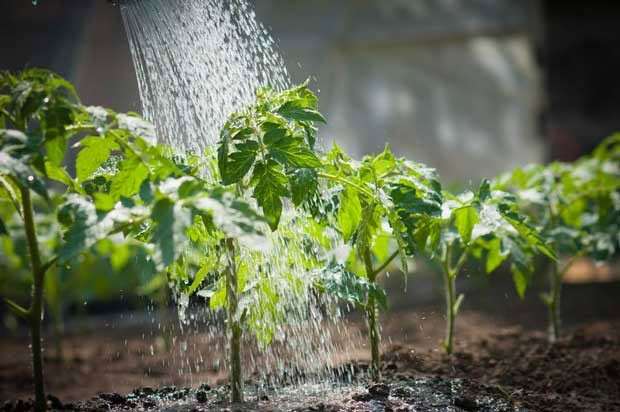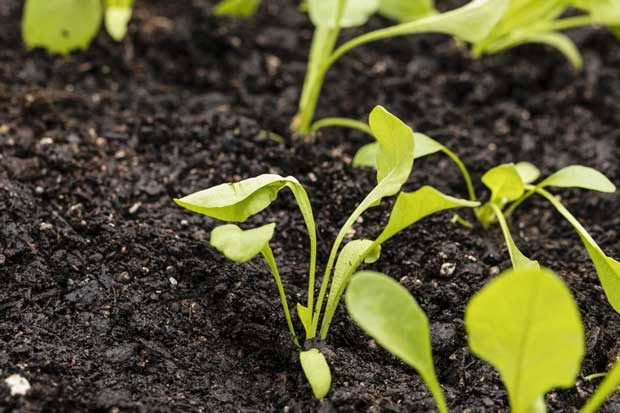Veggie growing tips: How to grow radish, carrots, cauliflowers, cucumbers, onions, tomatoes and spinach from seed
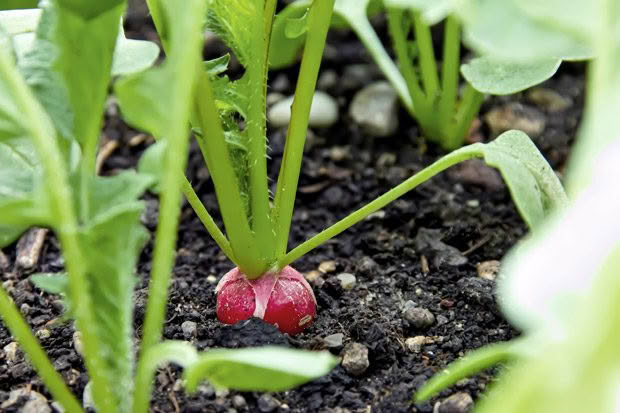
Raising seedlings is a great way to save money when growing your own food.
Words: Kristina Jensen
Although it’s faster and easier to buy seedlings, growing from seed is a cost-effective way of planting out a garden. Here are some of our favourites:
RADISHES
Timing: A cool season crop, sow in early spring or early autumn for best results.
Needs: A sunny spot, loose fine soil free from rocks and sticks, and consistent moisture.
Sowing: Sow the seeds directly into the soil in rows 6mm deep, approximately 4cm apart. These are a crunchy snack that don’t take up much space in the garden. Once the seedlings germinate after 6-10 days, thin them out to give them room to grow – you can use the small unwanted seedlings in salads. Pick the radishes when they are quite small (2-3cm across) for the best flavour. For a continuous supply, plant seeds 10 days apart.
CUCUMBERS
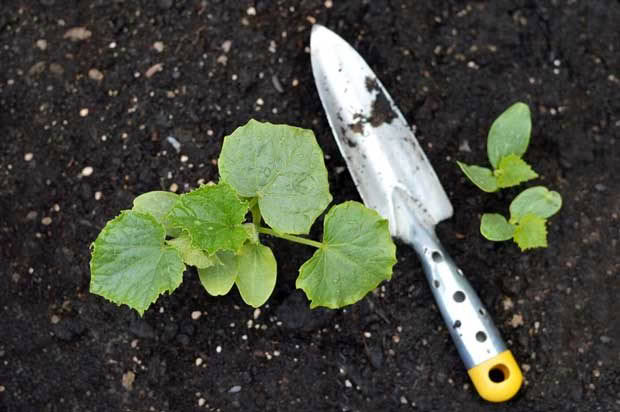
Timing: Cucumbers love growing through the hot months of December, January and February so mid- to late November is the time to sow cucumber seed.
Needs: An area that receives full sun, with plenty of well-rotted organic material, sheep pellets or blood and bone dug into the soil.
Sowing: Cucumbers don’t like to have their roots disturbed – the best method is to sow seed directly into the soil when conditions are warm enough for germination.When sowing, place two or three cucumber seeds 2cm into pre-moistened soil, 30cm apart. Seedlings should pop out of the ground in 3-4 days.
Protect them from slugs and snails with ground eggshells, covers made from clear plastic drink bottles or commercial pellets. Think vertical for cucumbers: plant them near a trellis, fence or other structure and train them to climb up it. Cucumbers need good ventilation as they are prone to fungal diseases. Minimise this by watering only at the base of the plant to keep the leaves as dry as possible.
ONIONS
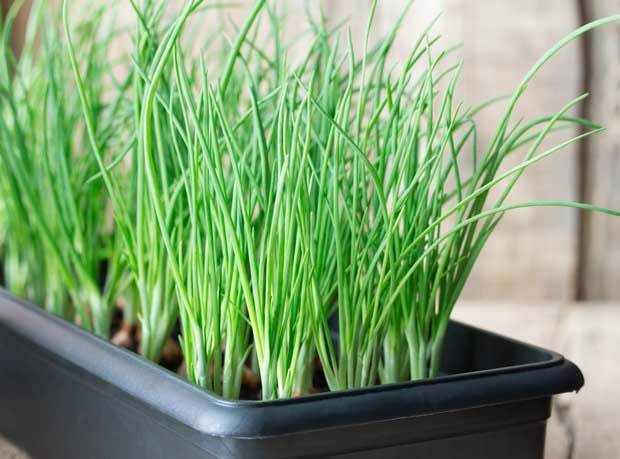
Timing: Sow in June or July
Needs: Prepare the onion bed well in advance by trenching in rich compost or organic fertiliser in a spot with full sun; onions prefer a sweet soil so a light dressing of lime is a good idea.
Sowing: Onions are best grown from fresh seed in seed raising trays that contain a good quality seed raising mix. Sow the seed just under the surface and keep moist but not wet. The seedlings will be ready to plant out in 8-10 weeks, once they reach a height of 10-12 cm.
Plant the delicate seedlings 2-3cm deep, about 10cm apart, pressing the soil gently around them. Onions need plenty of water to produce decent sized bulbs so keep the soil moist, but not wet, and use mulch around the plants to keep the weeds down. Onions are ready to harvest when the tops start to dry and fall over. Dig the bulbs up with a fork and leave them to dry on the top of the ground for a week or so. Store in a cool, dry place.
CARROTS
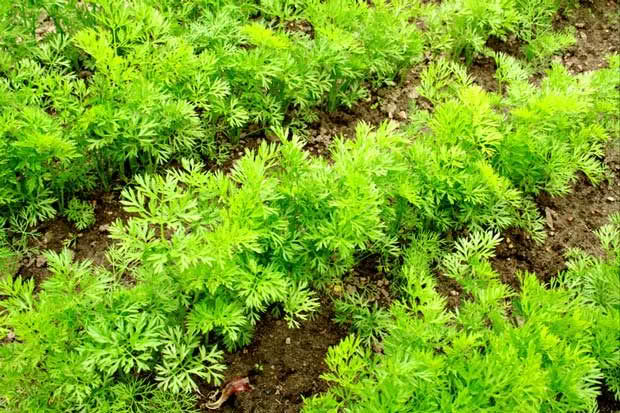
Timing: Best grown in cooler weather, sow as early as two weeks before the last expected frost in your area
Needs: Light, lump-free, stone-free soil that has had compost added well in advance of the planting time to allow it to break down completely.
Sowing: Rake the area smooth and moisten, then sow direct, sparingly, 1cm deep in rows 15cm apart. To facilitate even distribution, mix the carrot seed with sand. Cover the seeds with potting mix or sand to make the rows easier to see. In hotter areas, putting a shade cloth or a board over the germinating seeds to help to maintain the moisture level. Check every 3-4 days, moisten and see if the seed has begun to germinate, then remove the cover.
Hand weeding is necessary once the seedlings are 3-4 cm high. Thin them out at the same time to give each one room to grow. Plant every three weeks until early autumn for an ongoing supply. If carrot whitefly is a problem in your area, covering the crop with fine mesh as a shield will help to deter them.
TOMATOES
Timing: The key is to get your seeds sown 4-6 weeks before Labour Day, the traditional date for New Zealanders to plant tomatoes. This gives the seedlings plenty of time to grow strong and healthy.
Needs: Prepare the soil by digging in either well-rotted compost, sheep pellets or blood and bone plus a bit of lime.
Sowing: Growing tomatoes from seed is very satisfying. Sow seeds as deep as they are wide into punnets or toilet rolls filled with seed raising mix. Moisten the soil and place the containers in a warm spot, such as a window sill. However, avoid direct sunlight as it can get too hot. Keep the surface of the pots moist. Germination normally takes place in roughly 10 days. Once the seedlings have two true leaves, transfer them into larger pots to grow taller (15-20cm).
SPINACH
Timing: Prefers the cold and in cooler climates, and can be grown successfully all year round under a cloche or cold frame, but best results are obtained from direct sowing in spring.
Needs: Loose, well-draining soil that has had plenty of organic matter added to it, doesn’t grow well in acidic soils so dig in lime if necessary to balance the pH, likes a balance of sunlight and shade.
Sowing: Sow the seeds, 12-15 per row, about 6-8 mm deep, keep the ground moist. Germination takes between 1-3 weeks. Once the seedlings are up, thin them out, leaving the strongest to grow. Because spinach has shallow roots that are easily disturbed, use mulch to protect the plants. Mulching also helps retain moisture, suppressed weeds and reduces mud splash, keeping the leaves cleaner. Snails and slugs love spinach so protect seedlings with ground eggshells, covers made from clear plastic drink bottles or commercial pellets.
CAULIFLOWER
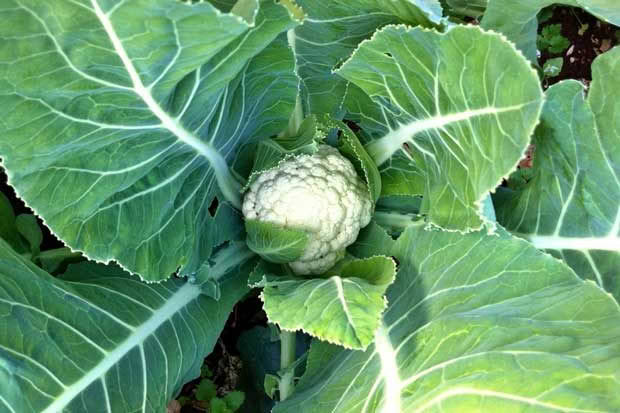
Timing: Sow in September or February as cauliflowers like cool, moist growing conditions — the best time to plant seedlings is in spring or late summer.
Needs: They love a well-compacted soil so dig in compost a couple of months in advance to create a rich soil that contains plenty of nutrients.
Sowing: Sow seeds into punnets of lightly moistened seed raising mix, one seed per cell. Place the tray in a warm area that receives lots of light. Keep the soil moist and watch that the emerging seedlings don’t get ‘leggy’. This means they are not getting enough light so you may need to move them to a brighter spot.
When they are about 10-15cm tall, harden the seedlings off outside in preparation for planting. Place them in a warm spot, safe from marauding slugs, snails and birds. Plant the seedlings 60cm apart and leave 60cm between rows. The distance between the plants theoretically determines the size of the head; the closer the plants, the smaller the head. Watering consistently is also important to ensure a good head. Protect seedlings with with ground eggshells, covers made from clear plastic drink bottles or commercial pellets. Cover with mesh to deter white cabbage butterflies.
Love this story? Subscribe now!
 This article first appeared in NZ Lifestyle Block Magazine.
This article first appeared in NZ Lifestyle Block Magazine.
